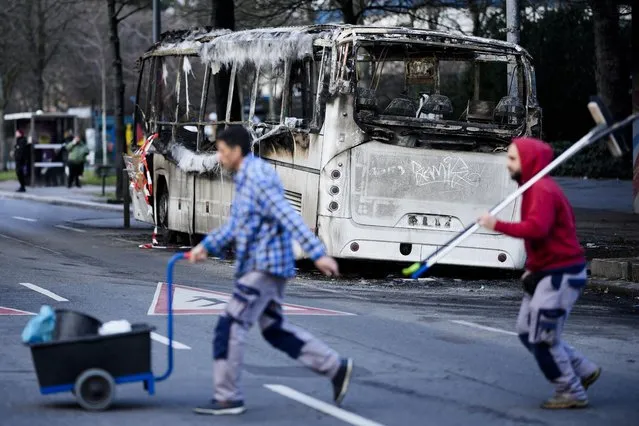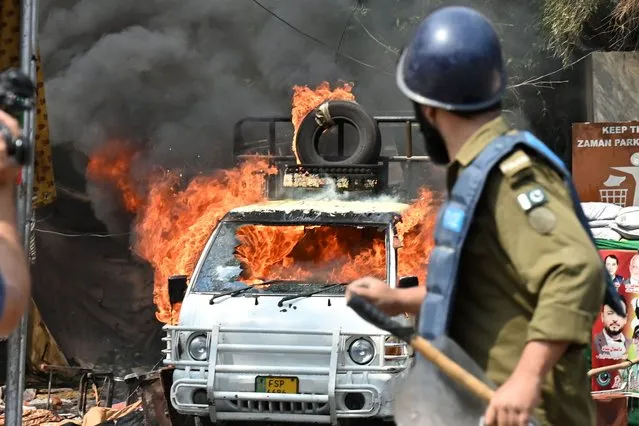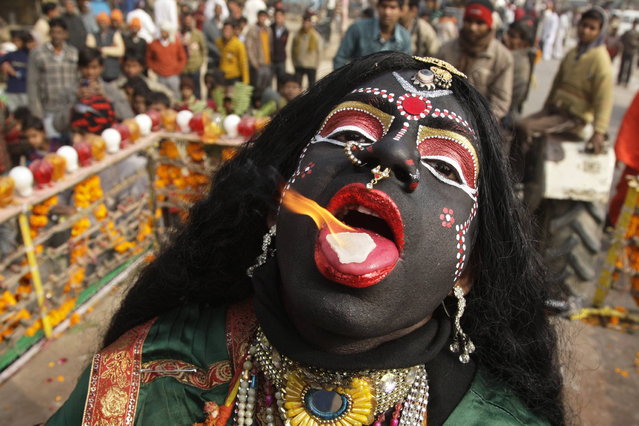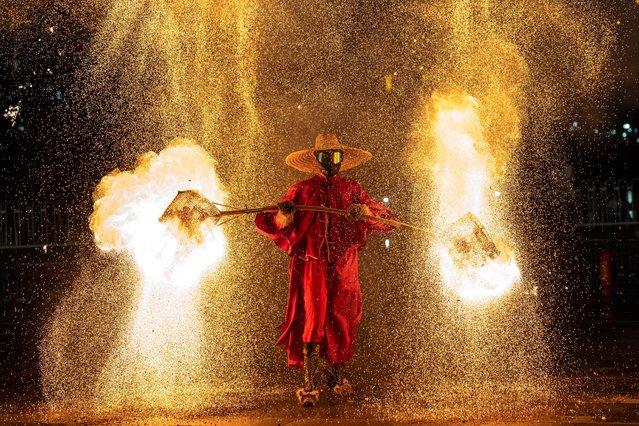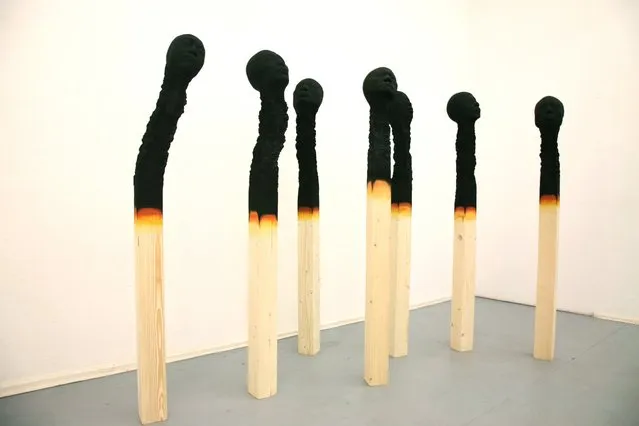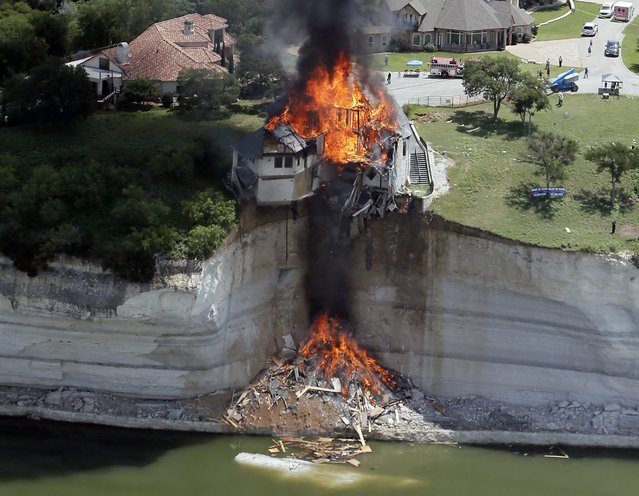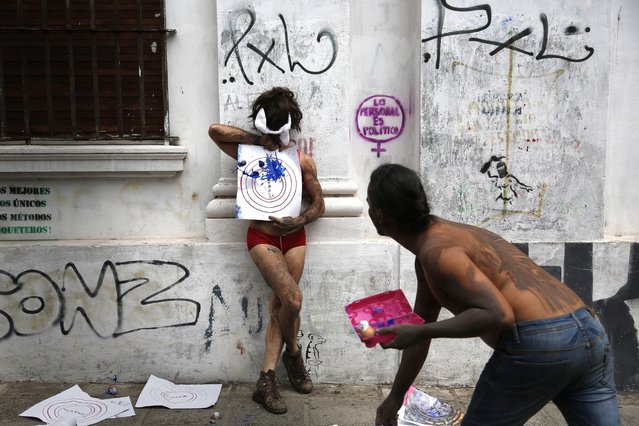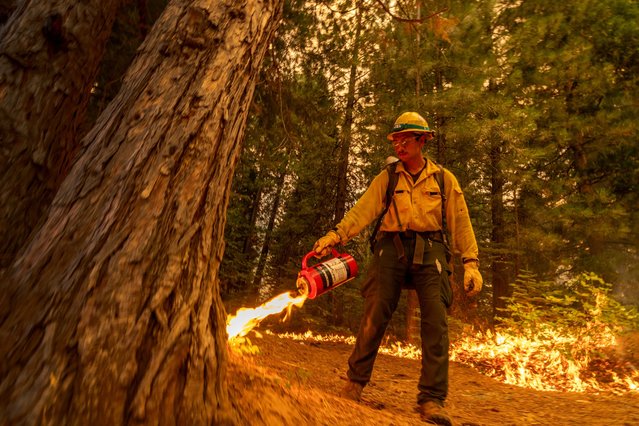
Flames quickly grow as firefighters set a backfire on the eastern front of the Park Fire, which has grown to 360,141 acres and is 12 percent contained, on July 28, 2024 near Chico, California. Strong winds and dried vegetation fueled the fire that exploded 70,000 acres in the first 24 hours after a man allegedly pushed a burning car into a ravine to intentionally set the blaze. (Photo by David McNew/Getty Images)
07 Aug 2024 04:47:00,post received
0 comments

